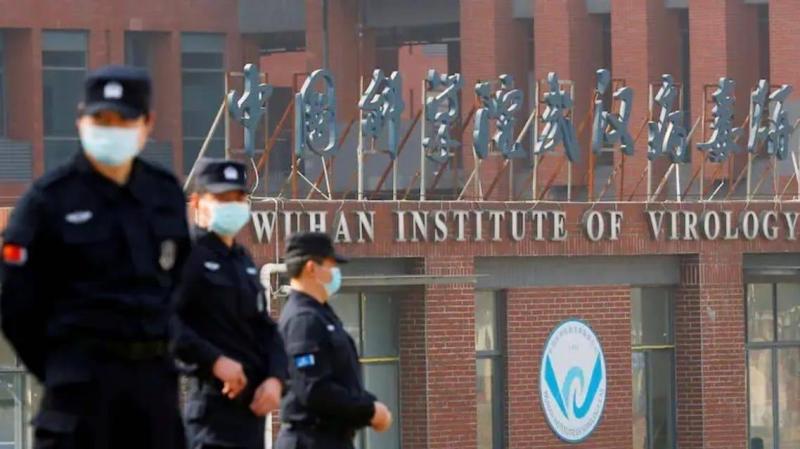An American epidemiologist has warned that "there will be COVID-26 and COVID-32 unless we fully understand the origins of COVID-19." Peter Hotez, a professor of pediatrics, virology, and microbiology at Baylor College of Medicine and a prominent expert in viruses, called for a full investigation into the origins of the novel coronavirus, warning that the future of public health is at stake. Hotez joined the growing chorus of experts calling for a deeper understanding of this issue, as reported by The Washington Post.
In statements on NBC's Meet The Press, Hotez emphasized that reaching definitive conclusions on how the virus emerged is "extremely necessary" to prevent future pandemics. A new study has revealed evidence suggesting that Chinese scientists manufactured the coronavirus in the lab, then attempted to reverse-engineer a version of the virus to make it appear as though it had naturally evolved from bats.
The Wall Street Journal reported on a previously undisclosed U.S. intelligence report indicating that three researchers from the Wuhan Institute of Virology sought medical care at a hospital in November 2019, before Beijing acknowledged the existence of the disease and revealed the first case.
Last week, U.S. President Joe Biden called for a new 90-day intelligence review of the virus's origins, aiming to verify the possibility that it leaked accidentally from the Wuhan lab rather than spreading from bats or other animals to humans.
Biden's call for U.S. intelligence to unveil the origins of the coronavirus within 90 days leaves the world awaiting clear answers about a topic that sparked considerable controversy during the pandemic. The White House seeks a deeper understanding of how a virus has claimed the lives of 600,000 Americans and 3.5 million people worldwide, tasking the CIA and other agencies with intensifying their efforts to learn more.
According to The New York Times, the American scientist noted that the investigation may not yield sufficient information as the U.S. might have "maxed out its intelligence information." He pointed out that the world needs a new comprehensive scientific study. He suggested that an independent team of epidemiologists and virologists would need to work in China for "six months to a year" to "unravel the origin" of the virus, and mentioned that the team would have to interview scientists there and examine lab records.
When asked if this could be done without China’s cooperation, he answered negatively, stating, "I think we need to exert a lot of pressure on China," including sanctions to secure "unrestricted access" for the team of scientists.
In a second investigation, the United States has called on the World Health Organization to conduct a second phase of its investigation into the origins of COVID-19, granting independent experts full access to original data and primary samples in China.
It is noteworthy that a team led by the World Health Organization spent four weeks in Wuhan and its surroundings in January and February, collaborating with Chinese researchers, and stated in a report released in March that the virus likely transferred from bats to humans through another animal, and that its origin through a lab accident is considered highly unlikely.
Irish epidemiologist Michael Ryan, who has overseen the emergency health program at the World Health Organization for years, remarked that "revealing the origins of the novel coronavirus requires a lengthy period of research and analysis and data comparison, even if scientists someday manage to identify that origin." Ryan added in an exclusive talk with Al-Sharq Al-Awsat in Geneva, on the sidelines of the World Health Assembly, that "we hope the media, countries, and all concerned parties distinguish between interests and political considerations and pure scientific issues, which is the only way that helps us uncover the facts and establish the solid evidence upon which we can build our preparedness and response to upcoming crises and pandemics."




